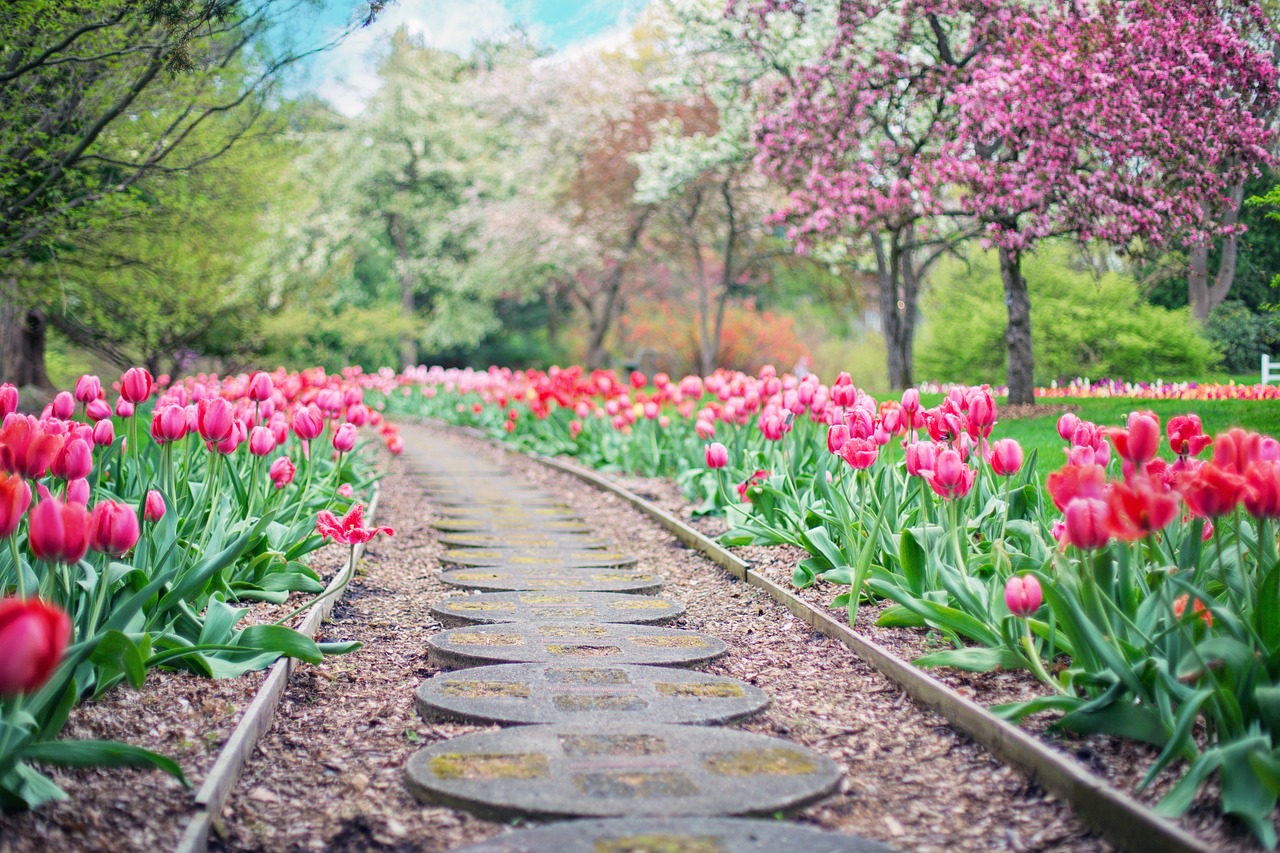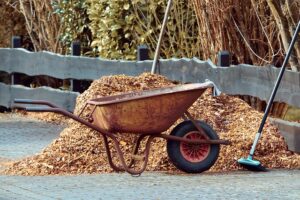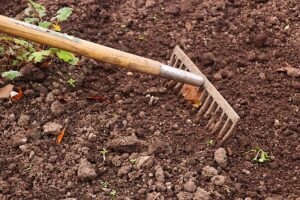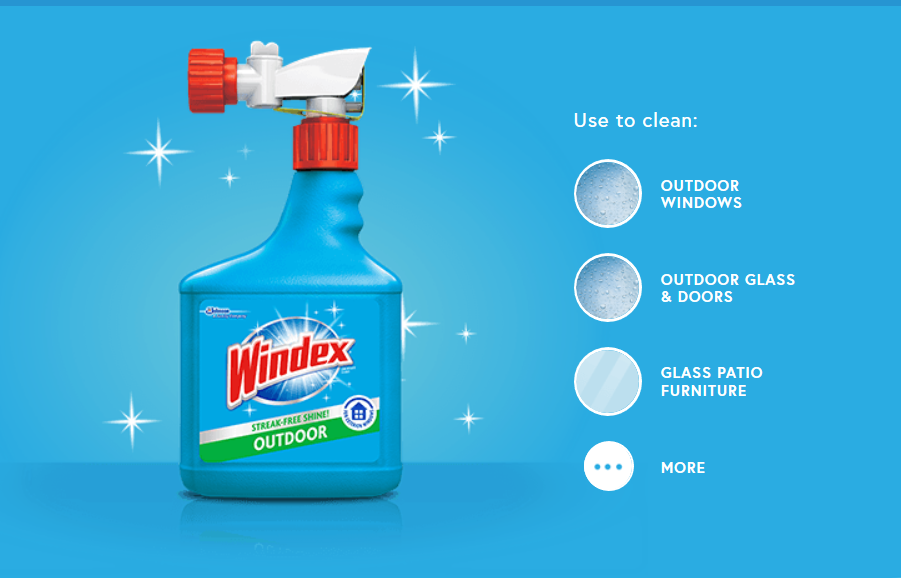Big Mistakes to Avoid When Prepping Your Garden for Winter

Okay, your home may have well-insulated walls and a cozy fire inside, but your garden needs to be prepared for winter too. This is especially true if you just bought a house. Although the cold weather brings with it some relaxation from the labor of gardening, you still need to make sure that your plants are protected for them to survive the winter and flourish come springtime. Unfortunately, there are many mistakes people can make when preparing their garden for winter, so it’s a must to be aware of them and take the necessary steps to avoid them. Here are some big mistakes that you should try to steer clear of when preparing your garden for winter
Not Mulching Enough
 Mulching is beneficial for protecting your plants from cold weather. It helps insulate the soil and keep it at a more consistent temperature throughout winter, preventing it from freezing. When mulching, make sure you spread an even layer of 2-3 inches around your plants. Don’t forget to add extra layers of mulch to the roots of trees and shrubs, as this will help to protect them from the cold.
Mulching is beneficial for protecting your plants from cold weather. It helps insulate the soil and keep it at a more consistent temperature throughout winter, preventing it from freezing. When mulching, make sure you spread an even layer of 2-3 inches around your plants. Don’t forget to add extra layers of mulch to the roots of trees and shrubs, as this will help to protect them from the cold.
Not only this, but mulching can also help to control weed growth and keep your soil from becoming too dry.
Over-Cultivating Your Soil
If you want to turn the soil in your garden over for the winter, it’s best to do this in the fall before the ground freezes. This will help to aerate the soil and give your plants a chance to take up more nutrients from it. However, don’t dig too deeply into the soil, as this can cause damage to the roots of your plants. In general, stick to a depth of no more than 6 inches and make sure to break up any large clumps so that air can get into the soil.
Leaving Pests Unchecked
Winter doesn’t mean that pests disappear completely – in fact, many critters, such as caterpillars, overwinter in the soil and can wreak havoc come springtime. As such, it’s important to take steps to prevent their populations from getting out of control. This means regularly inspecting your plants for signs of damage and taking action if you spot any suspicious activity. There are a number of natural pest controls that you can use, such as diatomaceous earth or even companion planting.
Failing to Rake and Clean
 The last thing you want to do when wintering your garden is leave some leaves and debris behind. Not only does this make your garden look untidy, it can also attract pests and cause diseases. As such, be sure to rake out the beds before winter arrives and clear up any fallen fruits or plant material that might be lying around. By avoiding these common mistakes, you’ll be well on your way to having a garden ready for winter and able to thrive in the cold months ahead.
The last thing you want to do when wintering your garden is leave some leaves and debris behind. Not only does this make your garden look untidy, it can also attract pests and cause diseases. As such, be sure to rake out the beds before winter arrives and clear up any fallen fruits or plant material that might be lying around. By avoiding these common mistakes, you’ll be well on your way to having a garden ready for winter and able to thrive in the cold months ahead.
With the proper preparations, your garden will be healthy and vibrant come springtime. As a bonus, you’ll also have the peace of mind that your plants are safe and sound – even when it’s freezing outside.…











